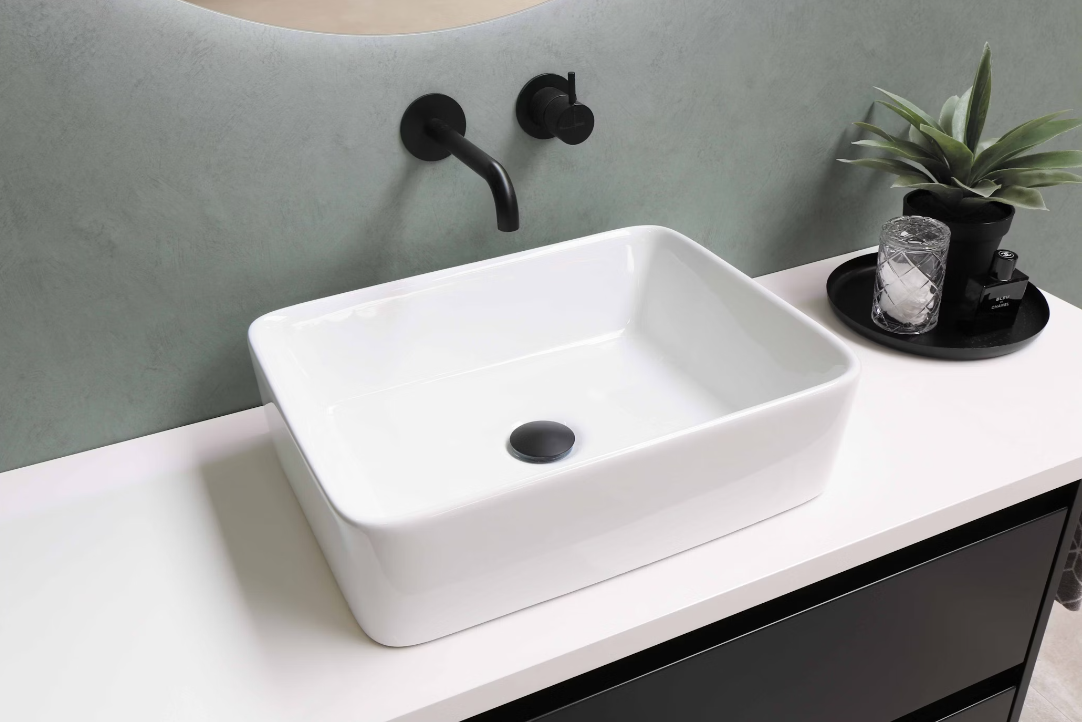
Making your home more eco-friendly doesn’t have to be a daunting task. In fact, there are plenty of simple and easy ways to make your home more environmentally friendly, especially when it comes to your plumbing appliances. By incorporating green plumbing appliances into your home, you can reduce your water usage, lower your utility bills, and minimize your impact on the environment. This article will explore 10 easy ways to make your home more eco-friendly with green plumbing appliances.
Install Low-Flow Fixtures
One of the easiest ways to make your home more eco-friendly is to install low-flow fixtures in your bathroom and kitchen. Low-flow toilets, faucets, and showerheads are designed to reduce water usage without compromising performance. Installation is typically straightforward and can often be a do-it-yourself project, or you can opt for professional installation to ensure optimal performance and efficiency. By installing these green plumbing appliances, you can save thousands of gallons of water each year.
Upgrade to a Tankless Water Heater
Tankless water heaters, also known as on-demand water heaters, offer a modern and efficient solution for your home’s hot water needs. Traditional water heaters store and heat a large tank of water continuously, which can result in wasted energy and higher utility bills. Tankless water heaters, on the other hand, only heat water when it is needed. This instantaneous heating process eliminates the standby energy losses associated with tank storage models, leading to substantial energy savings. Additionally, because they do not store water, they reduce the risk of tank leaks and water damage, offering homeowners peace of mind. Consider upgrading to a tankless water heater to make your home more eco-friendly.
Invest in a Water-Efficient Dishwasher
If you’re looking to upgrade your kitchen appliances, consider investing in a water-efficient dishwasher. Green plumbing appliances like water-efficient dishwashers can save water and energy while still getting your dishes clean. These appliances use advanced technology to efficiently manage water and energy consumption during the washing cycles. For instance, many water-efficient models feature soil sensors that adjust the water usage based on the load’s cleanliness, ensuring no water is wasted. Additionally, they often incorporate improved spray arm designs and variable speed motors that optimize water distribution and pressure, enabling them to use much less water. Look for ENERGY STAR certified models for maximum efficiency, as these dishwashers can significantly reduce water usage and decrease your household’s carbon footprint
Fix Leaks Promptly
Leaky faucets and pipes can waste a significant amount of water over time. To make your home more eco-friendly, it’s important to fix leaks promptly. Inspect your plumbing fixtures regularly and repair any leaks as soon as possible. Not only will this help conserve water, but it will also save you money on your water bill.
To detect leaks early, pay attention to your water bill for any unexplained increases and listen for running water or unusual noises from your pipes. Considering the environmental impact and potential savings on water bills, it’s clear that fixing leaks promptly is a prudent step for eco-friendly and cost-conscious homeowners. DIY enthusiasts may be able to tackle some minor leaks, but don’t hesitate to call in a professional plumbing contractor for more complex issues to ensure a proper and lasting repair.
Install a Greywater System
Greywater systems represent a sustainable approach to water management in residential settings, leveraging water that would otherwise go to waste. Essentially, these systems collect water from showers, bathtubs, washing machines, and sinks (excluding kitchen sinks due to food waste contamination) and repurpose it for tasks such as landscape irrigation or flushing toilets. This not only diminishes the demand for freshwater resources but also substantially lowers household water consumption, contributing to a more sustainable and eco-friendly home. Considering the increasing environmental and financial costs associated with water use, integrating a greywater system can be a forward-thinking step towards sustainability.
Opt for a Dual-Flush Toilet
Dual-flush toilets stand out as an exemplary innovation in water-saving bathroom technology, offering a practical solution to reduce water consumption significantly. By giving users the choice between a low-volume flush for liquid waste and a high-volume flush for solid waste, these ingenious fixtures can save an average household thousands of gallons of water each year. Given their effectiveness in water conservation and their growing popularity, dual-flush toilets represent a smart choice for environmentally conscious homeowners aiming to combine utility savings with a commitment to sustainability.
Use a Water Filter Instead of Bottled Water
Water filters offer a sustainable and cost-effective alternative to bottled water, addressing both health and environmental concerns. Instead of relying on bottled water, consider using a water filter in your home. Water filters can help remove impurities from your tap water, making it safe to drink. They come in various forms, including pitcher filters, under-sink systems, and whole-house installations, allowing for flexibility based on individual needs and preferences. By using a water filter, you can reduce plastic waste and lower your environmental footprint.
Insulate Your Pipes
Pipe insulation is an effective way to enhance your home’s energy efficiency and comfort. This simple measure involves wrapping pipes in materials designed to maintain the temperature of the water they carry. Hot water pipes are the most common targets for insulation, as they can lose a significant amount of heat as water travels from the heater to your faucets. By insulating these pipes, you can reduce heat loss, allowing water to stay warmer without requiring additional heating. This not only reduces the energy consumed by your water heater but also means you can enjoy hot water more quickly, reducing wastage while waiting for water to heat up.
Cold water pipes can also benefit from insulation, especially in areas prone to freezing temperatures. Insulating these pipes can prevent them from freezing in winter, a common issue that can lead to burst pipes and expensive repairs. Furthermore, insulation can reduce condensation on cold water pipes in humid climates, preventing water damage and mold growth in your home.
Install a Rainwater Harvesting System
Rainwater harvesting systems are becoming an increasingly popular choice among homeowners seeking sustainable and cost-effective alternatives to traditional water sources. Harvesting rainwater is a great way to reduce your reliance on municipal water sources. These systems work by capturing rainwater from rooftops, which is then directed through gutters and downspouts into storage tanks. Before the water is stored, it passes through filters to remove debris and impurities, ensuring the collected rainwater is clean for intended uses. By installing a rainwater harvesting system, you can collect rainwater from your roof and use it for irrigation, flushing toilets, and other non-potable uses. Investing in a rainwater harvesting system can be a significant step towards living more sustainably, offering environmental and economic benefits while providing a reliable water supply for various uses around the home.
Consider a Solar Water Heater
Solar water heaters represent an excellent investment for eco-conscious homeowners looking to harness renewable energy to meet their domestic hot water needs. Solar water heaters, which can be installed on the roof or in an open space where sunlight is abundant, use the sun’s energy to heat water for your home. This heat is then transferred to water stored in a tank, ensuring a steady supply of hot water without the need for conventional energy sources. By installing a solar water heater, you can reduce your reliance on fossil fuels and lower your energy usage. While the upfront cost may be higher than a traditional water heater, the long-term savings and environmental benefits make it a worthwhile investment.
Making your home more eco-friendly with green plumbing appliances is easier than you think. By incorporating simple changes like installing low-flow fixtures, upgrading to a tankless water heater, and fixing leaks promptly, you can reduce your water usage, lower your utility bills, and minimize your environmental impact. Consider implementing these 10 easy ways to make your home more eco-friendly with green plumbing appliances and do your part to help protect the planet.


